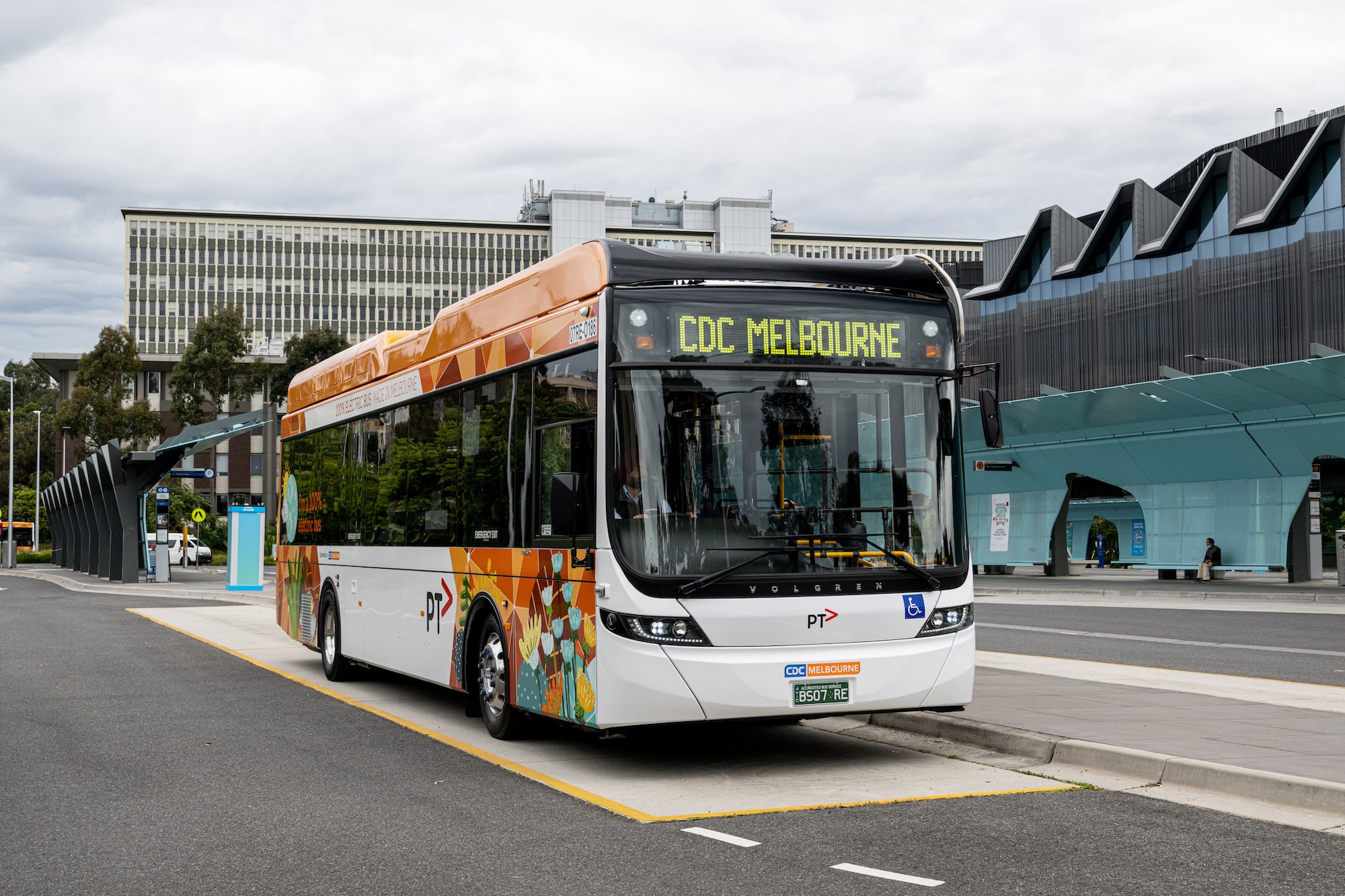With the world’s biggest tram network, extensive suburban rail and a road grid suitable for efficient bus services, Melbourne should be one of the world’s great transit cities. Yet despite a plethora of opportunity, and an eagerness to ditch the car for a Myki, public transport patronage appears to be slowing down.
Down 42 per cent from its peak in May 2018, public transport usage on metropolitan rail, tram and buses in Melbourne has seen a slow decrease despite an increase in population.
Melbourne is significantly trailing Sydney, whose metropolitan population it has just surpassed; the question is why?
The Victorian Transport Action Group’s (VTAG) most recent publication, Increasing Melbourne’s Service Frequency – The cost-effective path to world-class public transport, examines Melbourne’s existing network and service conditions, highlighting what it deems to be the major issues and how they can be fixed.
“Of the many ways that could be used to improve public transport, the one with the greatest potential to transform travel for people is improved service frequency across all modes,” VTAG spokesperson Peter Parker told ABC.
“It offers greater certainty, convenience and reduced reliance on private vehicles, with the benefits of reducing the cost-of-living, greater transport choice and patronage growth.”
It is demonstrated around the world that people take advantage of frequent services, walking further to good public transport services, regarding transfers as increasing transit options rather than a penalty.
Melbourne already has the infrastructure, trains, trams and buses necessary to run an incredibly efficient and well-used system, yet the scarcity of all-week frequent services proves a deterrent.
Using the widely accepted definition of frequency being a service every 15 minutes or better, the report outlines that Melbourne does not have an all-week frequent network outside of some inner areas fortunate enough to have overlapping lines or routes.
“Inequality within modes, even where lines get comparable patronage, is common,” the VTAG report reads.
“Timetables and service levels are too rarely reviewed and there is little growth funding for service, even where needs are highest.”
While changes and updates are needed across the entire transit system, buses service a large majority of patrons, especially in the outer suburbs, yet are seen as ‘unreliable’ and ‘inaccessible’.
There are substantial inequalities between bus routes. Routes where service provision lags usage exist in the Point Cook – Werribee – Tarneit area, around Springvale-Dandenong, Footscray-Sunshine and in the north around Craigieburn.
Weekend buses around major shopping centres often attract high patronage but may only run hourly. Even less service is offered for popular routes across Melbourne’s north and south-east that missed out on the Brumby government’s minimum service standard program.
BusVIC executive director Chris Lowe says that Melbourne has a large access inequality problem.
“Increasing frequency increases patronage and this has been proven all over the world, including here in Melbourne,” Lowe told ABC.
“People in the inner and middle suburbs have access to frequent train, tram and bus services whereas those in the outer suburbs don’t.
“This inequity must be corrected, and the best way to do this is to increase the frequency of existing bus services and implement new bus services where there are currently none.”
Many Melburnians are willing to switch from their cars if the bus system can deliver a fast, frequent, safe, connected and reliable service, with a 2023 Infrastructure Victoria report detailing that up to 25 per cent of people would love to get rid of their cars but do not feel that they have a viable alternative.
So what can be done?
The VTAG report recommends that over the next decade, the Victorian government should put in place a major program which mirrors its successful staged approach to Level Crossing Removals, by committing to a staged upgrade of public transport service frequencies across Melbourne.
It also states that moving towards a multimodal hierarchy of service frequencies could be done at key times such as planning for the Metro Tunnel train timetables, Greenfields reviews of metropolitan rail timetables, bus network reform and a staged program to reduce maximum waits for service completeness.
Budgets should also be made available for communicating to the public whenever service improvements happen.
“Increasing bus service frequency is the key to not just improving overall satisfaction with Melbourne’s public transport network, but it’s the key to reducing congestion, reducing car dependency, having cleaner air, growing the economy and improving our wellbeing,” Lowes says.
“If buses turn up and go or are very frequent (for example every 10 or 15 minutes), patronage grows. When buses are infrequent, like every 30 or 60 minutes, patronage is low, because their travel time is unnecessarily extended and their productivity decreases.”
As Melbourne continues to grow, investing in a reliable and frequent public transport network is not only a strategic urban planning decision, but also a key factor in fostering a more economically sustainable and inclusive city.
“Better frequency is the little acknowledged key to delivering world-class public transport for Melbourne.”


So many people don’t touch on or off. A primary factor in people not being counted in revenue stats.
Mike, some of those people have travel access passes as they have problems with their balance and other issues that affect them with the tapping on properly so it registers…
So the crew aka conductor on board look at their pass and accept it and they only tap when is “safe” to do so with risking injury to themselves or the barrier staff opens the barriers and with AO when they show their pass they tap it to register….
*typo* Without.
Probably some truth to that when you consider people don’t in the city area and don’t much on buses then there is the free tram zone carrying a lot of people daily.